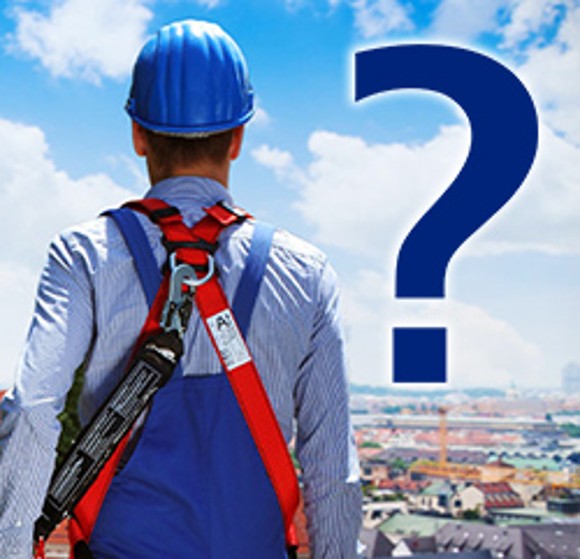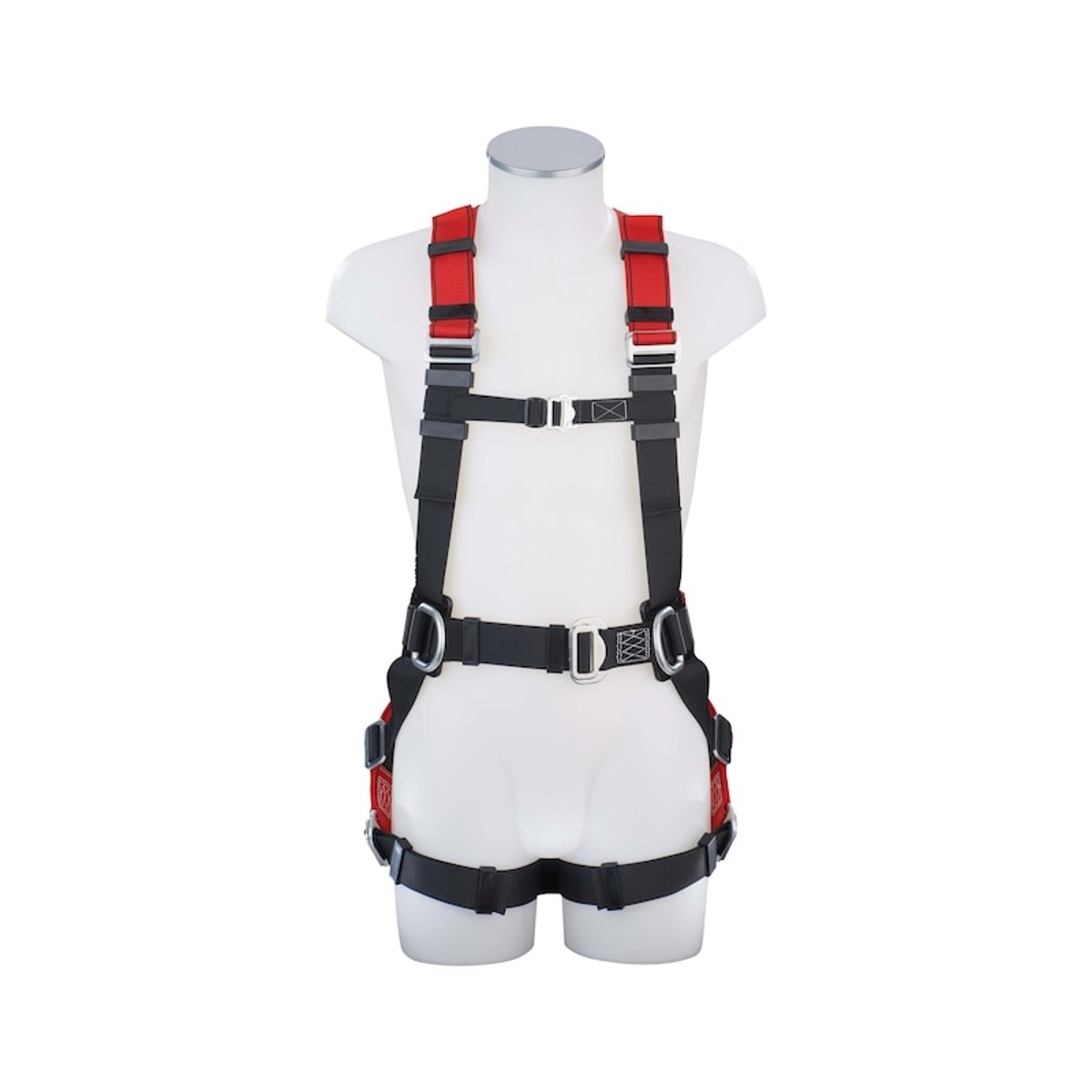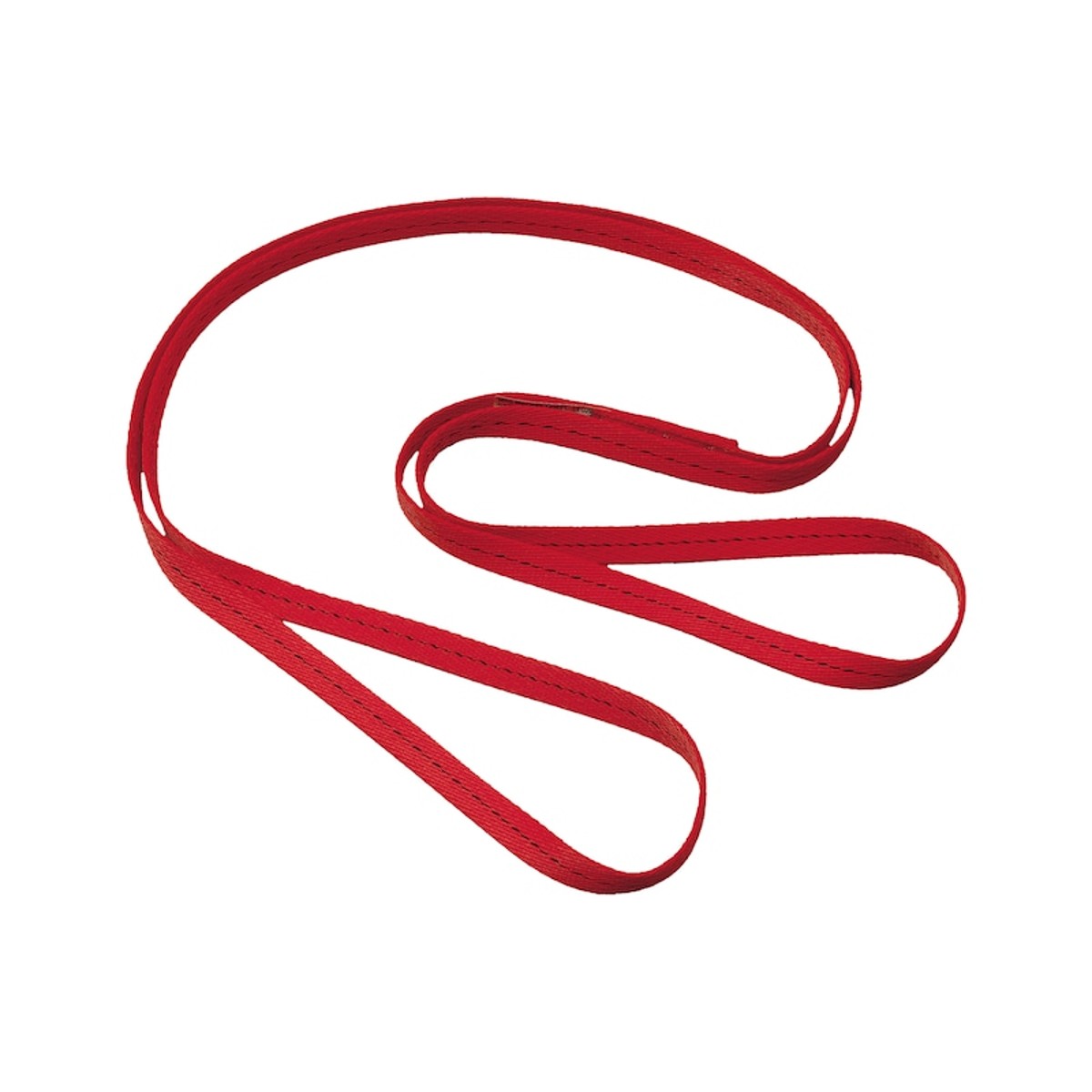
Fall protection – Effective fall protection in the workplace
What is PSAgA?
PSAgA refers to personal protective equipment against falls. It protects individuals working at heights from falling or mitigates the impact of a fall. This prevents severe injuries and ensures workplace safety even during tasks performed at height.
To the products
When must fall protection be worn?
- Fall protection must always be worn during work conducted above or near water or other liquid substances.
- For work in traffic areas (open stairwells or any other types of wall openings), fall protection must be worn at a height of 1 meter or more.
- For all other tasks, such as work on roofs or windows, fall protection is required at a height of 2 meters or more.
What different systems are available?
What components are there and what are their functions?
Did you know that PSAgA must be regularly inspected?
The inspection of fall protection is a mandatory requirement for all users and must be carried out regularly by qualified experts. Additionally, a visual inspection is required before each use. Find out in the HAHN+KOLB online shop how often PSAgA needs to be inspected.
How often do I need to inspect my PSAgA?
PSAgA must be inspected by experts as needed, but at least once every 12 months.
Additionally, a visual inspection must be carried out by the user before each use.
It is also important that training is conducted once every 12 months, or more frequently if needed (e.g., after an accident).
Our PPE specialists are happy to provide advice tailored to the specific needs of your company. Please contact your HAHN+KOLB representative or send us your inquiry via email.
Request now


